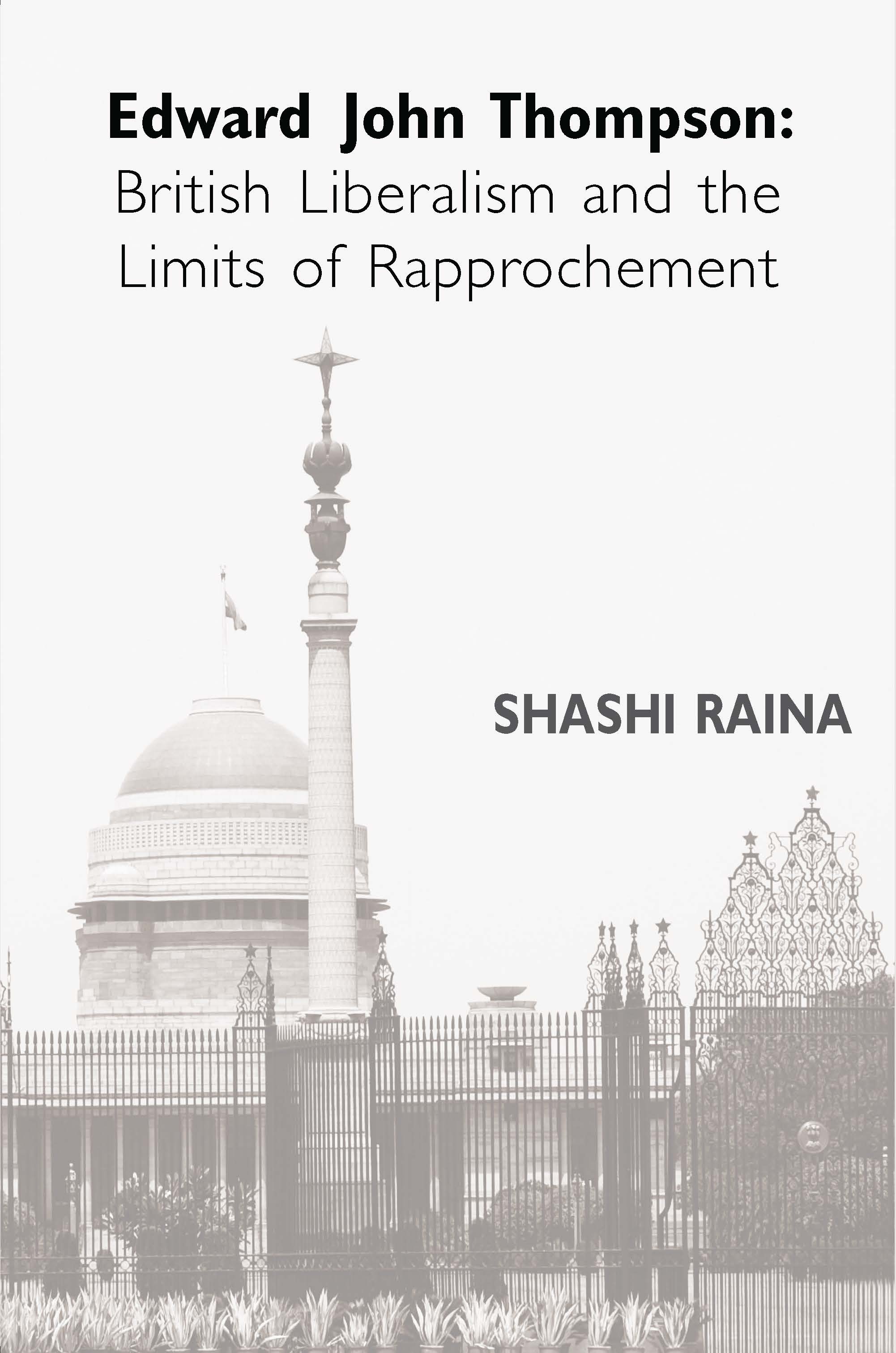Who claims to be concerned about the small investor? Answer: Everyone. The truth: No one gives a damn.
Every now and then, at seminars and conferences, politicians, bureaucrats and even corporate captains pay lip service to the cause of the proverbial small investor.
Every now and then, Union ministers, members of Parliament, spokespersons of apex chambers of commerce and industry associations, not to mention representatives of regulatory bodies, wax eloquent about how the country's stock-markets would never revive unless small investors returned to the bourses.
What is the reality on the ground?
The markets are far from buoyant. As for your neighbourhood small investor, he or she is staying as far away from the capital markets as possible. Why?
Having burnt his/her fingers more than once in recent years, the individual investor belonging to the middle-class -- he/she is not exactly poverty-stricken -- appears to have become extremely cynical and, for all practical purposes, lost his/her faith in the stock-markets in general and equity issues in particular as avenues to park his/her hard-earned savings.
Let us have a look at the findings of a recent survey conducted by Prime Database headed by Prithvi Haldea that drives home one precise point, namely, that the small investor in this country is and has been being grossly neglected, thanks largely to an unfriendly policy regime framed by apathetic officials.
Before proceeding further, the first question that needs to be answered is: Who exactly is a small investor?
The watchdog of the capital markets, the Securities and Exchange Board of India, defines a small investor as an individual who applies for up to 1,000 equity shares in a public issue.
Haldea is of the view that this definition needs to be changed since it ignores the face value of the shares offered to the public.
The benchmark remains 1,000 shares even if the price of each share is Rs 10, Rs 100 or Rs 1,000. He argues that the limit should be specified in terms of a ceiling amount, say, Rs 25,000.
Be that as it may, over the last five years, various companies have raised an aggregate sum close to Rs 50,000 crore (Rs 500 billion) -- to be precise, Rs 49,993 crore (Rs 499.93 billion) -- through public offers of capital.
Of the total amount, a meagre 5 per cent or Rs 2,503 crore (Rs 25.03 billion) was offered to small investors.
The proportion was an even lower 3 per cent in the case of book-building initial public offerings.
Over this five-year period, Prime Database compiled data relating to 199 public issues.
Of these, 173 were fixed-price IPOs, 20 were book-building IPOs while there were six public issues by listed companies.
Of the total capital raised, only 16 per cent or Rs 7,836 crore (Rs 78.36 billion) was offered through public issues -- 10 per cent in the case of the book-building IPOs and 28 per cent in the case of the fixed-price IPOs.
The 'desirable' proportion, according to Haldea, should have been 25 per cent -- this percentage is mandatory in the case of fixed-price IPOs.
Despite the general policy prescription that half the amount offered through a public issue should be reserved for small investors, the research conducted by Prime Database reveals that this figure was a much-reduced 32 per cent in the aggregate and an even lower 20 per cent in the case of book-building IPOs.
Haldea says it is 'ironical' that while a lot of concern is expressed about the declining participation of the small investor in the capital market, official policies are in fact responsible for keeping him out.
First, the minimum percentage of the capital issued that has to be offered to the public has been coming down steadily over the years from 60 per cent to 40 per cent and 25 per cent. In certain cases, this level can be further reduced to only 10 per cent.
According to Haldea, "The guidelines relating to book-building, reservations and allocations have increasingly favoured the large investor."
Consequently, in the 10 per cent route specifically designed for big blue-chip companies, the allocation for small investors now works out to a niggardly 2.5 per cent of the total issued capital.
This is on account of the fact that of the company's total capital, 10 per cent is offered through the IPO, of which only 25 per cent is earmarked for small investors.
Of greater concern, says Haldea, is the fact that as more and more public issues are using the book-building route, this would result in a progressively smaller amount being allotted for small investors.
Over the past five years, while only 20 IPOs (or 10 per cent of the total issues) used the book-building route, these issues accounted for more than half (53 per cent) of the total amount raised.
In other words, the small investor who is sometimes described in a flattering manner as the backbone' of the bourses, has in effect been driven out of the capital markets not so much on account of lack of interest on his/her part but because of the policy framework.
This, in turn, has led to other problems, Haldea points out. "A low public float makes it easier for promoters to manipulate prices and also leads to lack of liquidity," he claims.
One view is that small investors are not just uninterested but also lack resources. Both these contentions are incorrect, says Haldea.
A study of four IPOs issued by banks during 2002 reveals that in three out of the four instance, small investors subscribed to more than three-fourths of the total issue despite the prevalence of bearish and nervous sentiments in the markets.
At a time when SEBI has framed new eligibility criteria to allow only 'good' companies to enter the capital market, Haldea feels the regulator must turn its attention to the small investor and offers a number of suggestions in this regard.
As already mentioned, the definition of a small investor should be changed and the minimum public offer proportion should be increased.
He feels the minimum public offer proportion should not be less than one-fourth under all circumstances if household savings are to be channelled to the stock exchanges.
For large corporate entities, this condition would be waived if the total value of shares offered to small investors is in excess of Rs 100 crore (Rs 1 billion).
In the case of book-building IPOs, Haldea is of the view that the allocation for small investors should be increased from 25 per cent to 45 per cent and in the case of fixed-price IPOs, preference should be given to small investors, he suggests.
The final and most important suggestion is that the Union government should mandate that all instances of divestment of the government's equity in public sector undertakings -- including the forthcoming or proposed public issues of Maruti Udyog, Bharat Petroleum and National Aluminium -- should be made through the fixed-price route and be earmarked for small investors.
Are the authorities listening? Or will it take yet another financial scandal for the bureaucracy to wake up?
Vanishing companies and scamsters galore have shattered the confidence of the small investor.
Yet it is also clear that it would be unrealistic to expect the stock markets to revive or remain healthy without the active participation of small investors.
In the 1980s, it used to be said that the average taxi-driver or waitress in Singapore had parked a portion of his/her savings in the stock exchanges.
In the 1990s, one would hear of paan-stall owners on Mumbai's Dalal Street playing the markets. One gets rather nostalgic reminiscing about the not-too-distant past.


